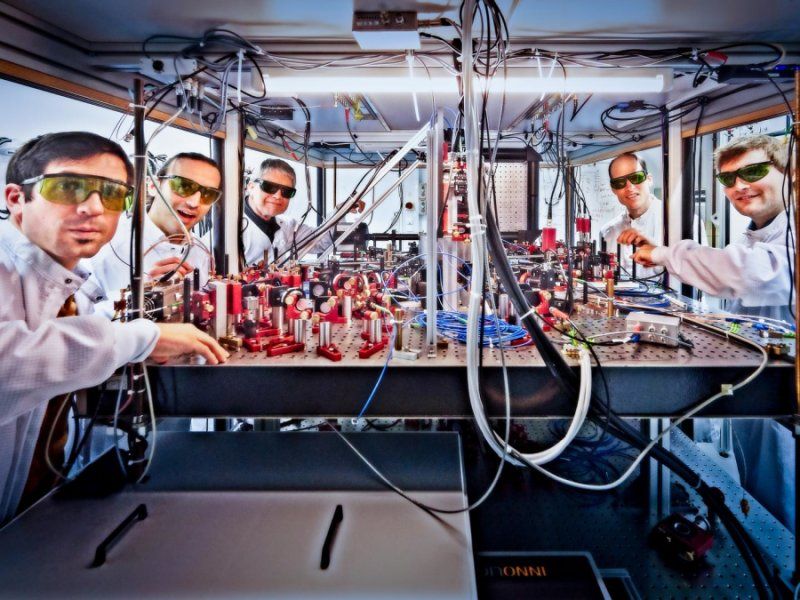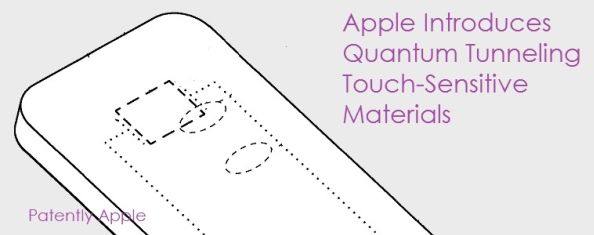Feb 10, 2017
Quantum Effects in Biology
Posted by Karen Hurst in categories: biological, quantum physics
Looks like an interesting book for my Quantum Bio friends.
Quantum mechanics provides the most accurate microscopic description of the world around us, yet the interface between quantum mechanics and biology is only now being explored. This book uses a combination of experiment and theory to examine areas of biology believed to be strongly influenced by manifestly quantum phenomena. Covering subjects ranging from coherent energy transfer in photosynthetic light harvesting to spin coherence in the avian compass and the problem of molecular recognition in olfaction, the book is ideal for advanced undergraduate and graduate students in physics, biology a…

















